10 Best Herbal Baths For Fluid Retention

Herbal baths can be a natural and effective way to help reduce fluid retention by promoting circulation and easing inflammation.
Certain herbs such as lavender, chamomile, and yarrow are known for their diuretic properties and can help the body eliminate excess fluids more efficiently. Soaking in a warm bath infused with these herbs can also relax the muscles and reduce swelling in the limbs. To prepare an herbal bath, simply steep the chosen herbs in hot water and then add the liquid to a bathtub, or use dried herbs directly in the bathwater.
Regular use of herbal baths may complement other methods of managing fluid retention, such as diet and exercise, offering a holistic approach to wellness.
FREE Herb Drying Checklist
How to make sure every batch retains maximum flavor, color, and aroma without the risk of mold or over-drying. Eliminate guesswork and trial-and-error, making herb drying faster, easier, and more efficient every time.
Table of Contents
1. Urtica dioica

Urtica dioica, commonly known as stinging nettle, has been traditionally used in herbal baths to help alleviate symptoms of fluid retention.
The plant contains compounds such as silica and potassium, which may support the body's natural drainage processes and reduce swelling. When brewed into a bath, stinging nettle can soothe inflamed tissues and improve circulation, making it a popular remedy for water retention. Its anti-inflammatory properties may also help reduce puffiness in the limbs and face.
However, it is important to consult with a healthcare provider before using stinging nettle baths, especially for individuals with sensitive skin or existing health conditions.
2. Rosa canina
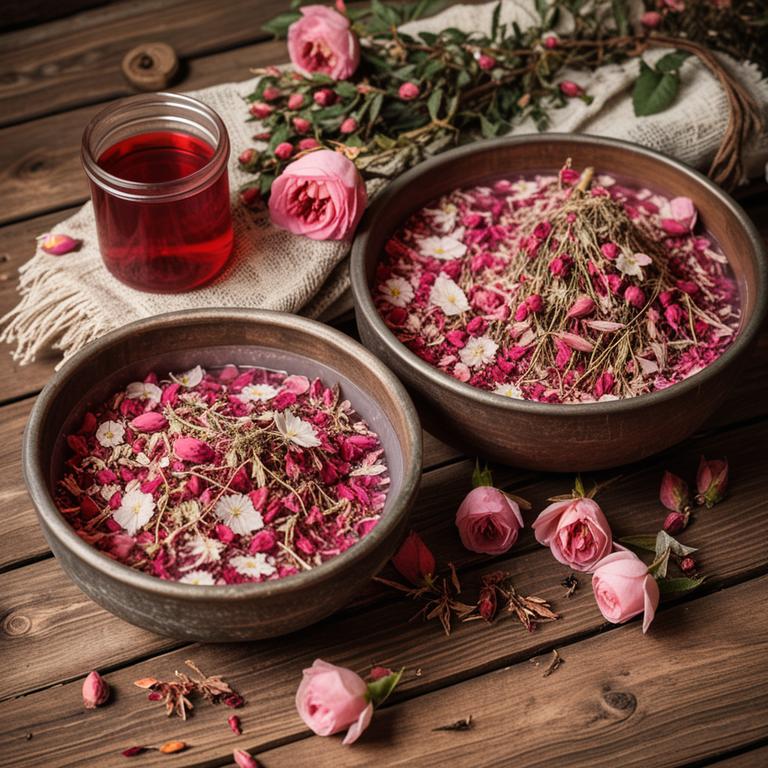
Rosa canina, also known as rosehip, is a traditional herbal remedy often used in baths to help alleviate fluid retention.
The active compounds in rosehip, such as omega-3 fatty acids and antioxidants, are believed to support the body's natural processes in reducing swelling and improving circulation. When added to warm water, rosehip can create a soothing bath that may help ease the discomfort associated with water retention. This natural approach is particularly beneficial for individuals experiencing mild to moderate fluid retention due to hormonal changes, dietary factors, or lifestyle habits.
Incorporating rosa canina into a regular bathing routine can be a gentle and effective way to promote overall wellness and reduce the appearance of swollen limbs.
3. Silybum marianum
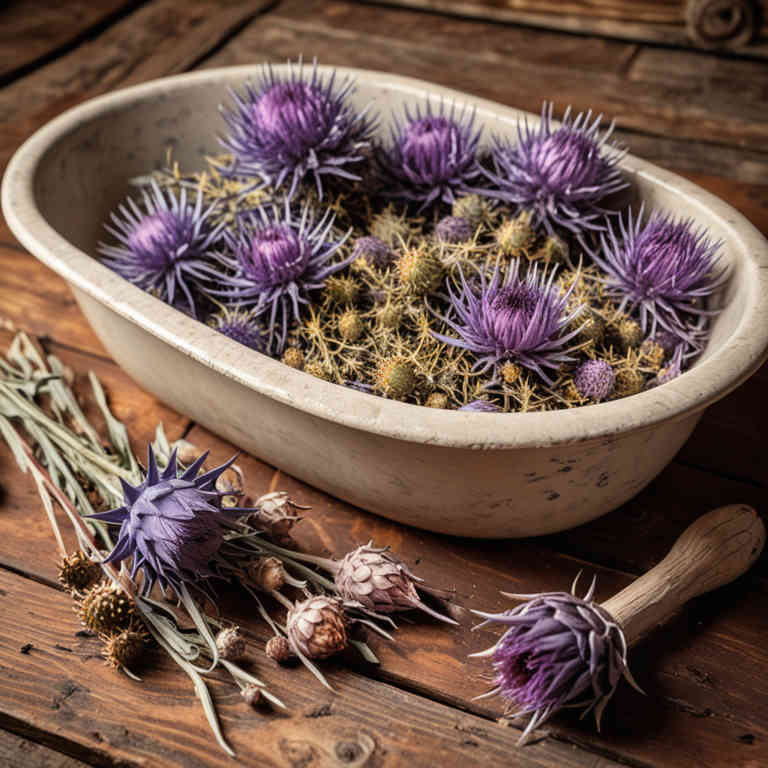
Silybum marianum, also known as milk thistle, is a herbal remedy that has been traditionally used for its potential benefits in supporting liver health and reducing fluid retention.
When incorporated into herbal baths, the active compounds in silybum marianum, such as silymarin, may help promote detoxification and improve circulation, which can aid in reducing edema and water retention. These baths are believed to work by stimulating the lymphatic system and encouraging the body’s natural processes for eliminating excess fluids. While there is limited scientific research specifically on silybum marianum baths for fluid retention, many holistic practitioners recommend them as a complementary therapy for those experiencing mild swelling or fluid buildup.
It is important to consult with a healthcare professional before using herbal baths, especially for individuals with underlying health conditions or those taking medications.
4. Cnicus benedictus
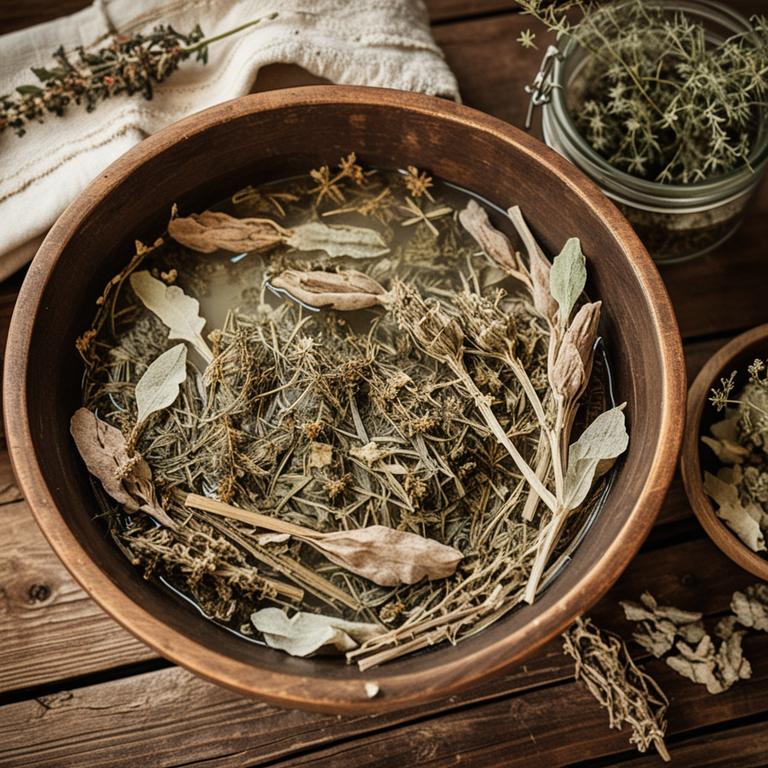
Cnicus benedictus, commonly known as blessed thorn, has been traditionally used in herbal baths to address fluid retention due to its diuretic properties.
The plant contains compounds such as saponins and flavonoids, which are believed to support the body's natural detoxification processes and promote the elimination of excess fluids. When infused into bath water, Cnicus benedictus may help reduce swelling in the limbs and improve overall circulation, offering a natural alternative for those seeking relief from edema. Its mild and soothing effects make it a gentle option for topical use, particularly for individuals with sensitive skin.
However, it is advisable to consult with a healthcare professional before using herbal remedies, especially for those with underlying health conditions or taking medications.
5. Equisetum arvense

Equisetum arvense, commonly known as field horsetail, has been traditionally used in herbal baths to help alleviate fluid retention due to its high concentration of silica and diuretic properties.
The plant contains compounds that may support the kidneys in eliminating excess fluids from the body, making it a popular remedy for conditions like edema. When used in bath form, equisetum arvense can be infused into water to create a soothing and therapeutic soak that promotes circulation and reduces swelling. However, it is important to consult a healthcare professional before using it, especially for individuals with pre-existing kidney conditions or those taking diuretic medications.
Despite its potential benefits, equisetum arvense should be used with caution and in moderation to avoid any adverse effects.
6. Achillea millefolium

Achillea millefolium, commonly known as yarrow, has been traditionally used in herbal baths to help alleviate symptoms of fluid retention.
When infused into bathwater, yarrow's astringent properties may help reduce swelling by promoting the elimination of excess fluids from the body. The plant contains compounds such as essential oils and tannins that are believed to support lymphatic drainage and reduce inflammation. Herbal baths with yarrow can be a soothing and natural alternative to conventional treatments for mild edema.
However, it is important to consult with a healthcare professional before using yarrow baths, especially for individuals with known allergies or underlying health conditions.
7. Hypericum perforatum

Hypericum perforatum, commonly known as St. John's Wort, is traditionally used in herbal baths to address fluid retention due to its purported anti-inflammatory and diuretic properties.
When infused into warm water, the essential oils and active compounds in hypericum may help promote the elimination of excess fluids from the body, supporting lymphatic drainage and reducing swelling. These baths are often recommended for individuals experiencing mild edema, particularly in the legs or ankles, as part of a holistic approach to wellness. However, it is important to consult with a healthcare provider before using St. John's Wort, as it can interact with certain medications and may have side effects.
While some anecdotal evidence supports its use, more scientific research is needed to fully understand its efficacy for fluid retention.
8. Vitex agnus-castus
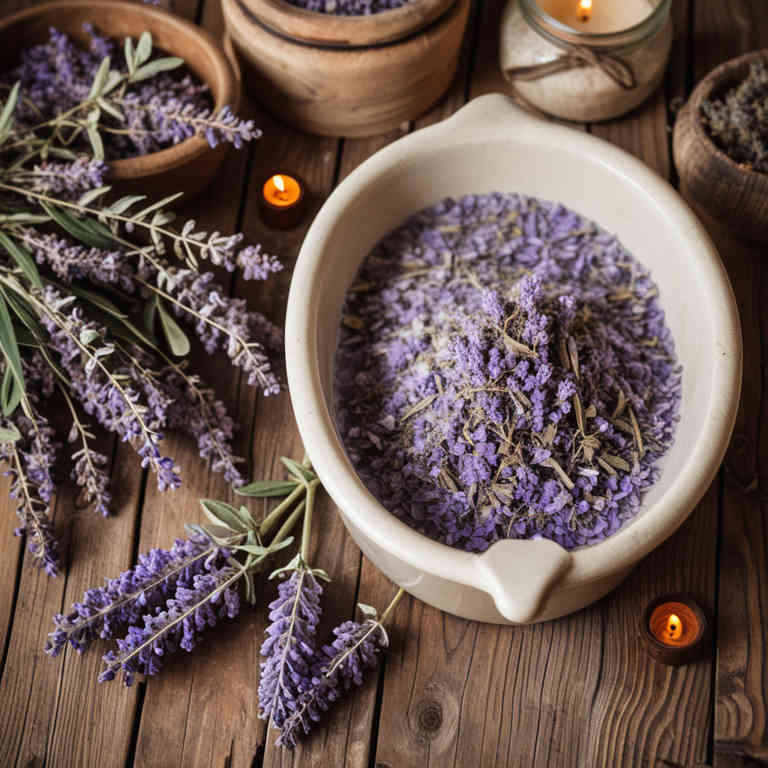
Vitex agnus-castus, commonly known as chasteberry, has been traditionally used in herbal baths to help alleviate fluid retention, particularly in women experiencing hormonal imbalances.
When infused into warm water, the essential oils and compounds of vitex may promote circulation and reduce the appearance of swollen limbs and bloating. This herbal remedy is believed to support the body's natural processes by balancing estrogen levels, which can contribute to fluid retention. Bathing with vitex can also provide a soothing and calming effect, enhancing overall well-being.
While it is generally considered safe, it is advisable to consult a healthcare professional before using it, especially for those with existing health conditions or who are pregnant.
9. Nymphaea alba
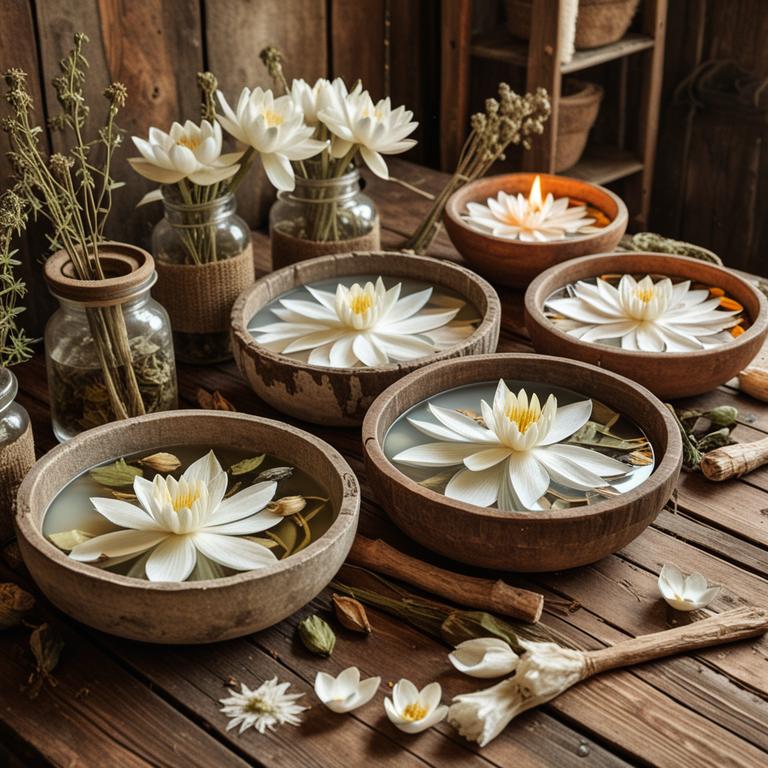
Nymphaea alba, also known as the white water lily, has been traditionally used in herbal baths to address fluid retention due to its diuretic and anti-inflammatory properties.
The plant contains compounds such as alkaloids and flavonoids that may help reduce swelling and improve lymphatic drainage. When infused into bath water, Nymphaea alba can promote relaxation while supporting the body's natural process of eliminating excess fluids. This herbal remedy is particularly beneficial for individuals experiencing edema or water retention related to hormonal changes, pregnancy, or dietary factors.
Incorporating Nymphaea alba into a regular bathing routine can offer a gentle and holistic approach to managing fluid retention and enhancing overall well-being.
10. Symphytum officinale
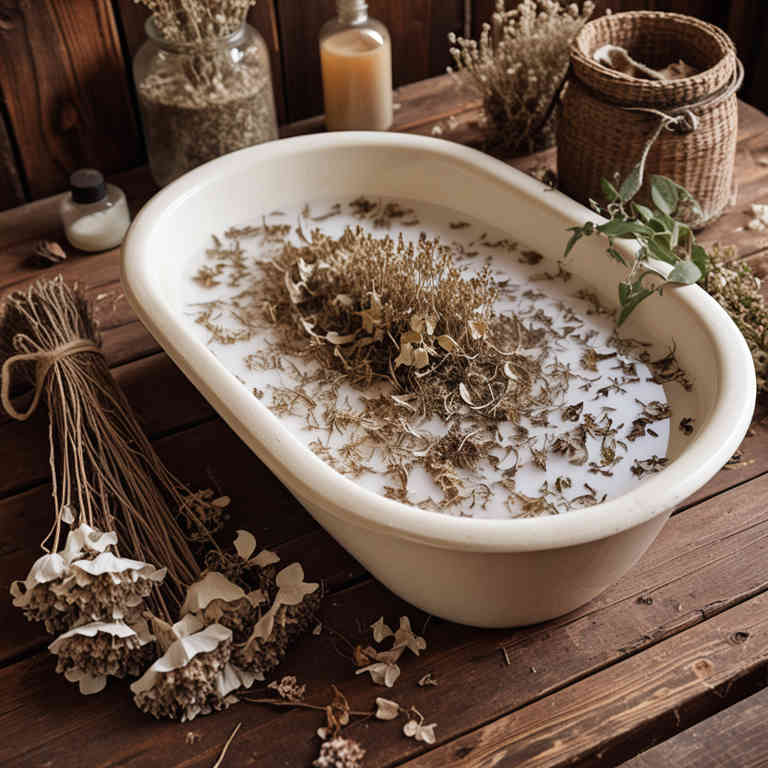
Symphytum officinale, commonly known as comfrey, has been traditionally used in herbal baths to address fluid retention due to its anti-inflammatory and circulatory-stimulating properties.
When infused into bath water, comfrey may help reduce swelling by promoting the movement of fluids and improving lymphatic drainage. Its high concentration of allantoin and mucilage is believed to soothe tissues and support the body’s natural detoxification processes. However, it is important to note that comfrey should be used with caution, as prolonged internal use can be toxic; external use in baths is generally considered safer.
As with any herbal remedy, it is advisable to consult a healthcare professional before incorporating symphytum officinale into a treatment regimen for fluid retention.